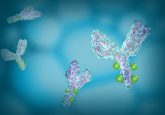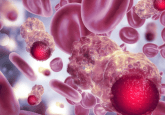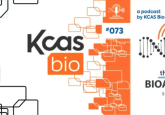Critical reagents in flow cytometry, instrumentation and application in drug discovery development

V N Kakkanaiah, K Matys & P Bennett | Bioanalysis, 13(10), 841-846 (2021)
Keywords: • critical reagents • flow cytometry • LBA
Flow cytometry and ligand-binding assays (LBA) have been used in all stages of drug development, from early discovery to preclinical and clinical studies. Flow cytometry is a powerful tool to analyze multiple characteristics of a single cell/particle simultaneously by optical means using laser light and the multiparametric analysis is performed on individual cells at a very high rate. Multiple cell populations can be characterized using a combination of reagents against cell surface and intracellular markers in any single cell suspensions. LBA is a method for quantification of proteins, antibodies, nucleic acids and other macromolecules by comparing immunoreactivity of calibrators of known concentrations to the samples of unknown concentration. Critical reagents are the essential components of an assay whose characteristics are pivotal to assay performance. Antibodies and their conjugate are the main critical reagents used in both LBA and flow cytometry methods. Therefore, the characterization of the critical reagents is essential to the assay performance.






